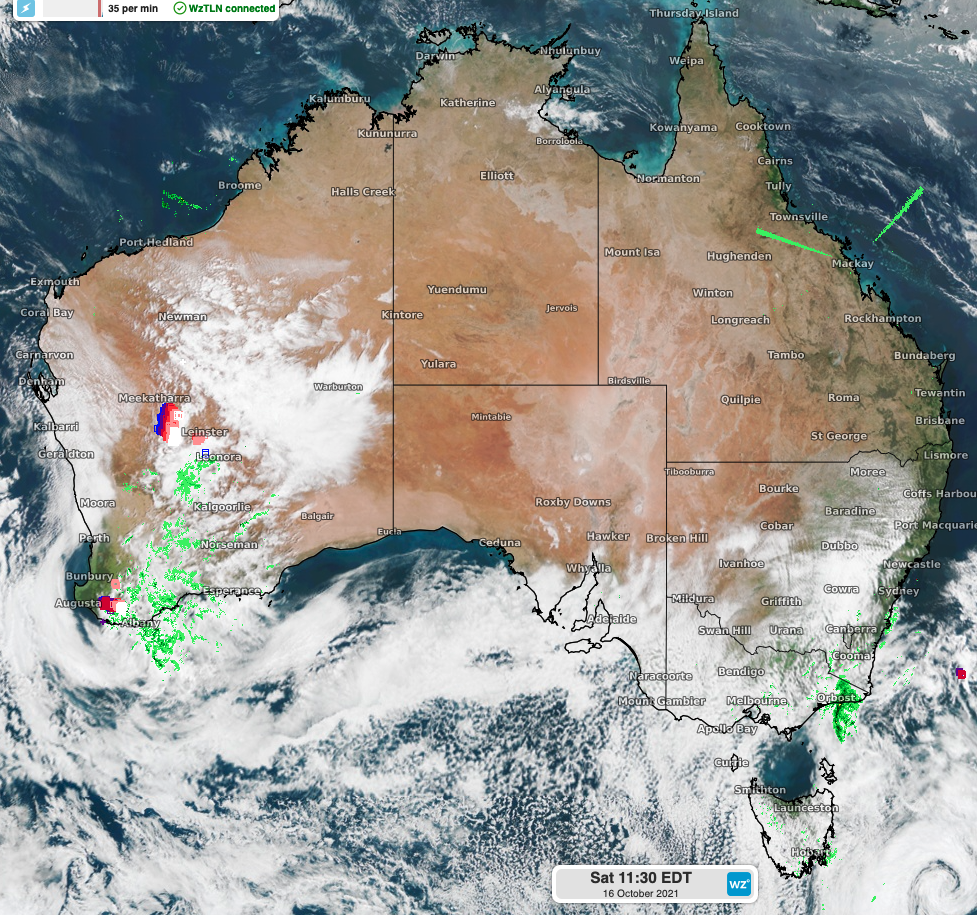Contrails: Why do they form?

With travel restrictions beginning to gradually ease and international borders beginning to slowly open, airplanes, and the contrails they form are likely to become more frequent over the next few months.
What are contrails though and how do they form? Simply put, they are line-shape cloud streams sometimes visible extending from behind an aircraft. Contrails is a shortened term for condensation trails, a clear nod towards how they form.
Water vapour is already present in the air, however, when additional water vapour is added to air that is already moist, saturating it further, the water condenses and turns to ice crystals.
Cold air is less able to hold water vapour than warm air, and as such, contrails are more likely to form at higher altitudes than lower ones.

Himawari-8 Visible True Colour Satellite Image: Clear skies much of the central interior, NT and QLD today
Think of two aircraft, one flying at 30,000 ft and the other at 10,000 ft. Water vapour is present at both altitudes, and both aircraft are adding further water vapour to the atmosphere. The difference however is that at 30,000ft, the air is significantly colder and therefore able to hold less water vapour.
When the aircraft adds more vapour, the cold air can no longer hold it, and it condenses forming a contrail. Lower down at 10,000ft, the air is warmer and able to hold more water vapour, as such a contrail is much less likely to form.
Contrails can also spread out due to air turbulence, and in some cases can look like high-level cirrus clouds that look no different to a natural forming cloud.